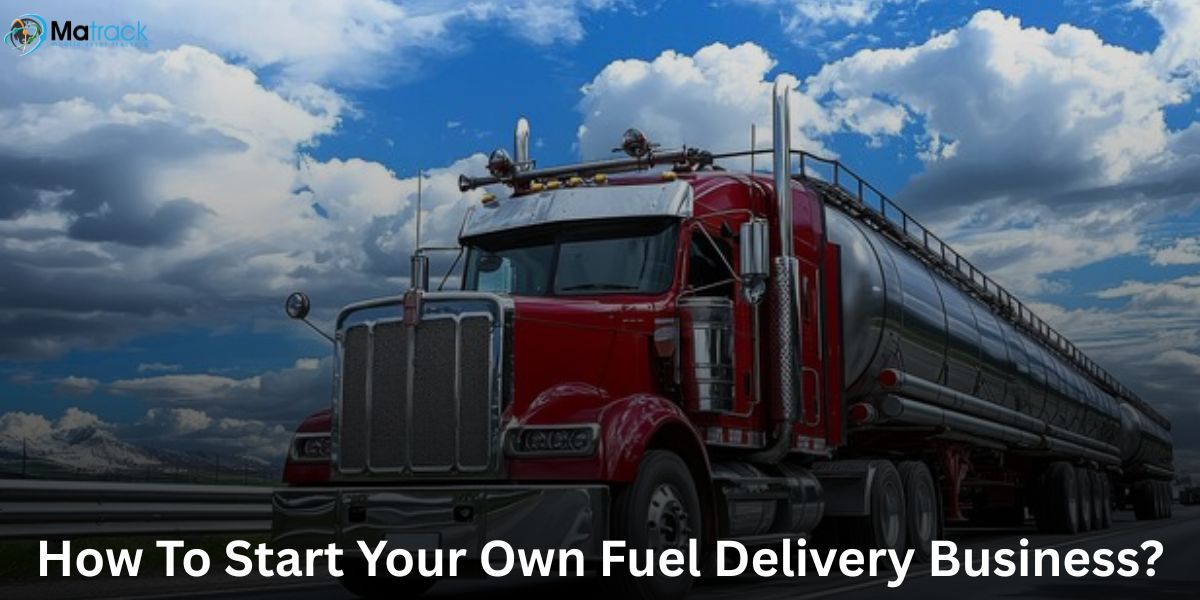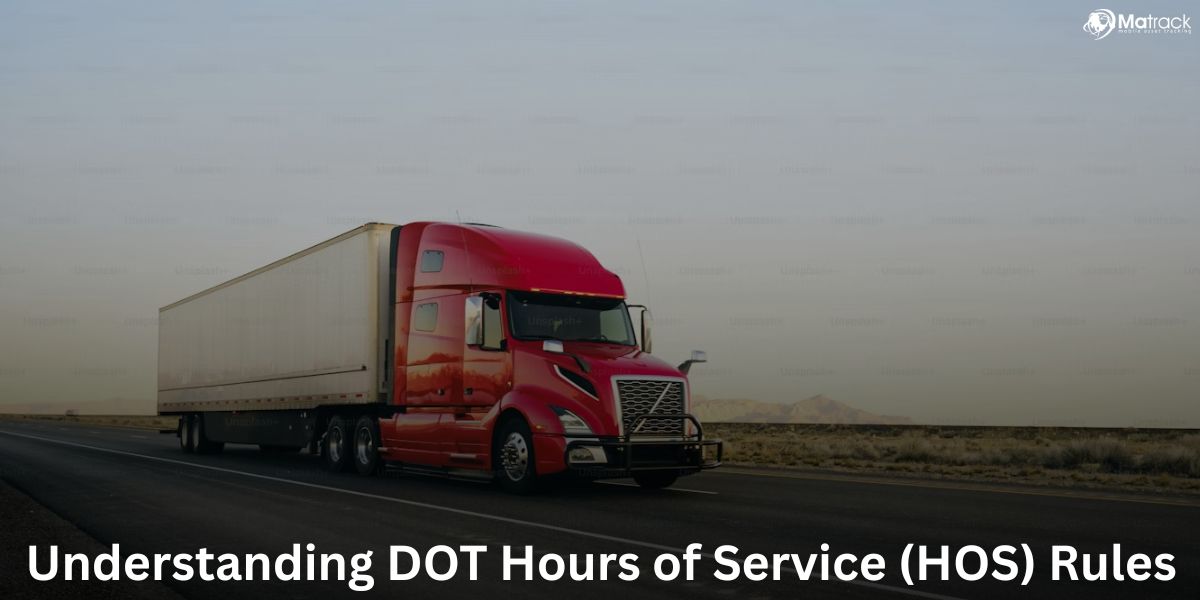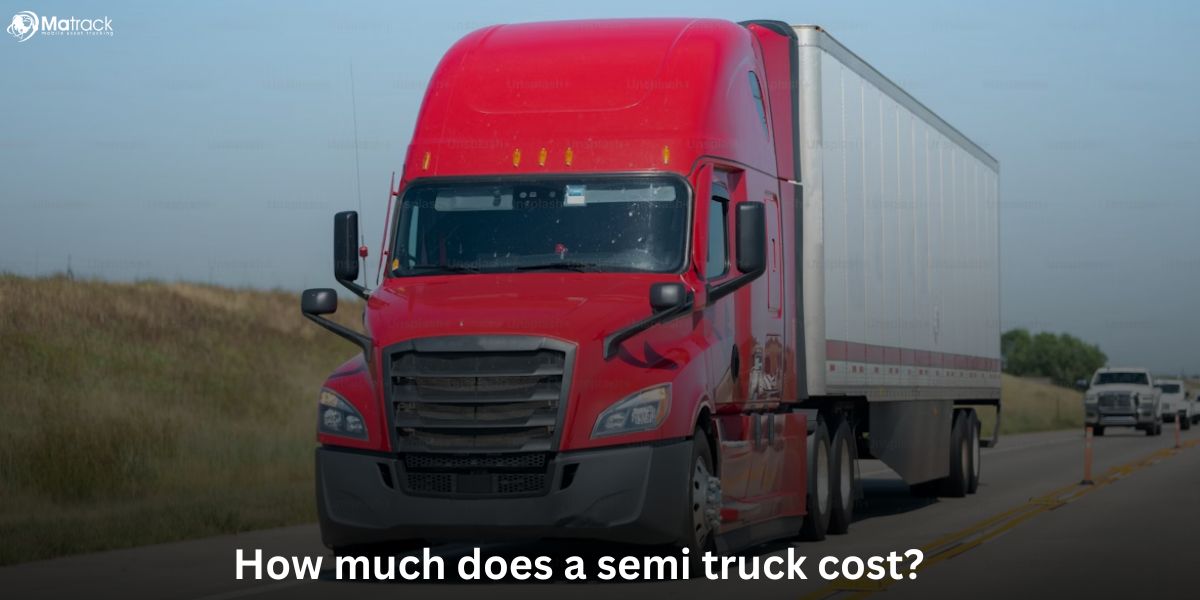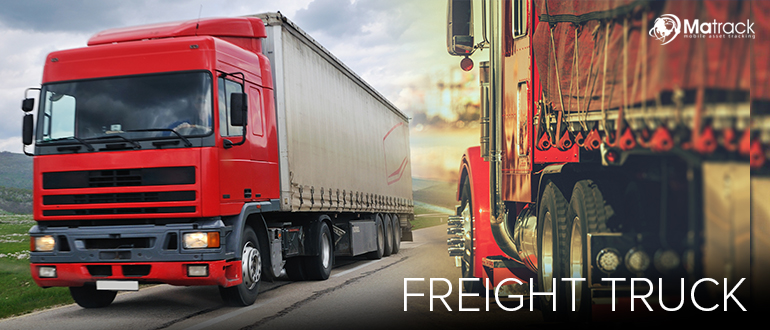Key Takeaways:
- Fuel delivery businesses operate by sending certified tankers directly to customer locations, offering a more efficient alternative to traditional fuel stations.
- Launching the business involves legal setup, licensing, sourcing fuel from reliable vendors, and investing in compliant delivery vehicles.
- Managing daily operations effectively requires a trained team, digital order systems, transparent pricing, and routine safety checks.
- Using Matrack’s fleet tools helps track vehicle routes, control fuel purchases, and improve delivery performance through real-time data.
What Is A Fuel Delivery Business?
A fuel delivery business is a mobile service that supplies fuel directly to customers at their location. It replaces the need for individuals or businesses to visit traditional fuel stations, offering convenience and time savings.
These businesses operate using specialized fuel tankers equipped with safety systems and GPS tracking. Orders are typically placed through digital platforms, allowing for scheduled, on-demand, or emergency deliveries.
Common customers include fleet operators, construction sites, farms, and industries that require bulk fuel on-site. The business relies on regulatory compliance, secure logistics, and real-time coordination to ensure safe and timely fuel distribution.
How Does A Fuel Delivery Business Work?
A fuel delivery business works by receiving orders through a mobile app or web platform and dispatching fuel trucks to the customer’s location. Each order includes fuel quantity, delivery address, and preferred timing, which is used to plan efficient routes.
Delivery trucks are equipped with calibrated meters, safety valves, and spill control systems to ensure accurate and secure fuel transfer. Once fuel is dispensed, customers receive digital invoices and delivery confirmation in real time.
Things You Need To Consider Before Starting Fuel Delivery Business
- Market Demand: Identify areas with limited fuel station access or high commercial fuel usage.
- Business Model: Choose between on-demand, scheduled, or emergency delivery services.
- Licensing & Permits: Secure fuel handling, transport, and hazardous material licenses.
- Vehicle Compliance: Use ADR-approved tankers with safety equipment and GPS tracking.
- Storage Infrastructure: Set up bunded tanks with fire safety and spill containment systems.
- Fuel Source: Build reliable supply contracts with refineries or authorized distributors.
- Technology Platform: Develop or integrate an app for orders, tracking, and payments.
- Safety Training: Ensure drivers and staff are trained in emergency response and handling.
- Insurance Coverage: Get policies for public liability, product damage, and business interruption.
- Cost Structure: Calculate startup costs, margins per litre, and variable operational expenses.
- Regulatory Compliance: Follow environmental, fire safety, and tax regulations strictly.
- Customer Targeting: Focus on fleet services, industrial clients, or remote households.
How To Start Your Own Fuel Delivery Business?
Register Your Business Legally
Start by choosing a suitable business structure such as proprietorship, partnership, or private limited company. Register your business with local authorities to obtain a company identification number and tax registration.
Apply for the necessary fuel transportation and hazardous material handling licenses from regulatory bodies. These licenses often require safety inspections and documentation.
Secure insurance coverage for your operations including fuel stock, vehicles, and third-party liabilities. Legal and insurance safeguards protect your business from unexpected claims and penalties.
Choose Your Fuel Supply Source
Identify certified fuel distributors or oil marketing companies that offer reliable delivery schedules. A stable supplier is essential for uninterrupted fuel availability.
Negotiate terms such as fuel pricing, payment schedules, and delivery frequency. Strong supplier agreements help you control operating costs.
Establish secondary suppliers in case your primary source faces disruptions. Having options ensures you continue serving customers without delays.
Invest in Delivery Vehicles and Equipment
Purchase or lease fuel tankers based on your expected service volume and delivery range. Most businesses use tankers with 2,000 to 5,000-liter capacity.
Ensure each vehicle meets legal standards with leak-proof tanks, calibrated meters, and fire extinguishers. Safety compliance is non-negotiable in fuel transport.
Install GPS tracking and route optimization systems for better fleet management. Real-time tracking improves punctuality and minimizes delivery errors.
Build a Fuel Storage Facility (Optional)
Set up a storage facility only if you plan to hold fuel inventory for faster dispatch. Use bunded tanks to contain spills and maintain safety compliance.
Equip your facility with fire suppression systems, overflow protection, and security controls. Keep the site at a safe distance from residential or high-traffic areas.
Storage gives you control over supply especially during high-demand periods. It also requires regular inspections and additional licensing.
Develop a Digital Order Platform
Create a mobile or web platform where customers can place fuel orders with accurate delivery details. Digital convenience enhances user experience.
Include features like automated billing, fuel quantity selection, and delivery tracking. These features improve service speed and transparency.
Add a backend dashboard for dispatchers to manage orders, view analytics, and update drivers. System control ensures smooth operations and faster decision-making.
Hire Qualified Staff and Train Them
Recruit drivers with hazmat certifications and a clean driving history. Skilled drivers reduce risk and improve on-road safety.
Train your team in spill control, fire response, and customer handling. Regular drills ensure they are prepared for real-world emergencies.
Assign clear roles such as dispatch, operations, compliance, and support. A defined structure improves coordination and accountability.
Plan Launch Marketing and Pricing Strategy
Launch your business with a local campaign targeting businesses and high-demand neighborhoods. Use print, digital, and referral strategies for reach.
Offer incentives like free first delivery or volume discounts to attract trial customers. These promotions help establish early trust.
Set transparent pricing per litre along with clear delivery charges. Simple pricing prevents disputes and builds customer loyalty.
Monitor Operations and Ensure Compliance
Track your daily operations using delivery logs, GPS data, and customer feedback. These metrics help identify inefficiencies.
Schedule regular vehicle maintenance and safety audits to meet compliance. Keeping equipment in top condition reduces risk.
Maintain updated records for licenses, tax filings, and insurance. Organized documentation supports audits and builds operational credibility.
How You Can Manage Your Fuel Delivery Business With Matrack?
Matrack helps you manage your fuel delivery business by offering real-time vehicle tracking and fuel usage monitoring. This allows you to stay on top of your fleet’s movements and reduce fuel waste through more efficient routing.
With Matrack’s fuel card integration, you can monitor purchases, control spending limits, and guide drivers to the most cost-effective fueling stations. This system prevents misuse and ensures every transaction is linked to a specific vehicle and route.
The centralized dashboard gives you complete visibility over driver behavior, idle time, and route efficiency. These insights help you make faster decisions, improve delivery timelines, and maintain consistent service quality.



